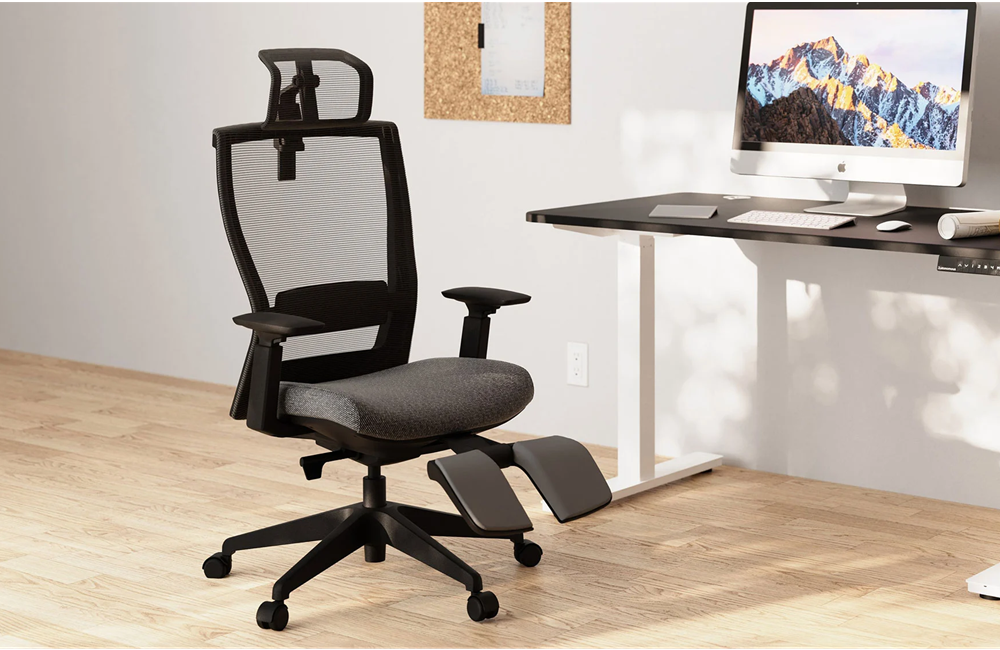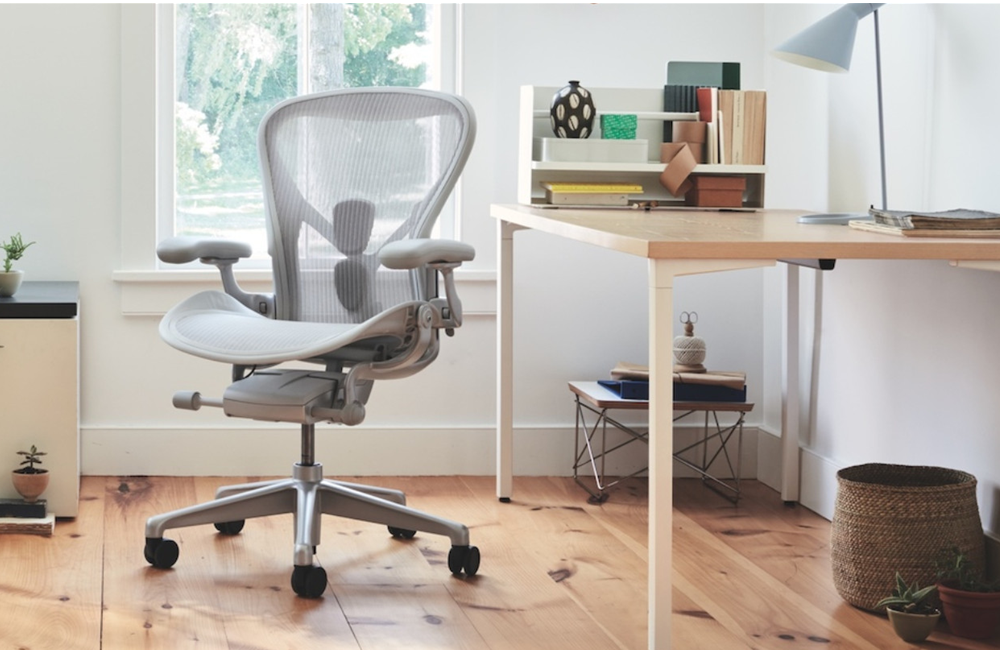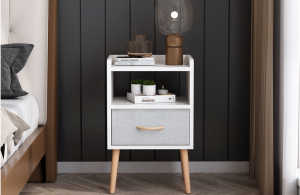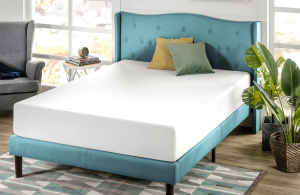How To Choose An Office Chair
How to Choose an Office Chair
Whether you’re the president of the company or just a lowly cubicle dweller, your office chair is arguably one of the essential pieces of furniture you can choose. It determines how long your back stays healthy, how much muscle fatigue you experience sitting down all day, and whether or not your neck ends up hurting in a few years. When choosing an office chair, there are many factors: height adjustments, lumbar support, seat depth adjustment, and slight adjustments. No two people are built the same, so it’s best to find chairs that work for someone with different body types and shapes.
In this post, we’ll look at height adjustments, adjustments to lean your body towards or away from the chair, and other commonly asked questions about office chairs that we’ve seen over the years. We’ll give some quick tips at the end so you can avoid making a poor choice of office furniture that will likely last you a lifetime.
Your desk height should be comfortable for you: you shouldn’t have lower back pain after sitting all day long. A high-quality office chair should allow you to adjust your desk height manually if necessary: it shouldn’t require to be stuck in a small space like with cheaper models. Of course, you can always get a unique chair with an extra high or low seat to add even more height.

It’s also essential to adjust your seat depth: it will help you find the correct seating position and keep you from straining your back. Even if you can’t adjust the seat depth, many office chairs allow this adjustment through a lever mechanism.
If you have a bad back or spine, avoid buying an office chair with a shallow seat height: most seats lower than 27.5 inches are not within the recommended range. Low seat heights can result in spine pain and a feeling of lower back tension.
Another essential feature of an office chair is a tilt mechanism: it allows you to lean almost back, giving you the lumbar support needed to relieve pressure on your lower back and neck muscles. However, this feature is not in all chairs, so don’t let that discourage you from purchasing one if it doesn’t come standard with your chair.




